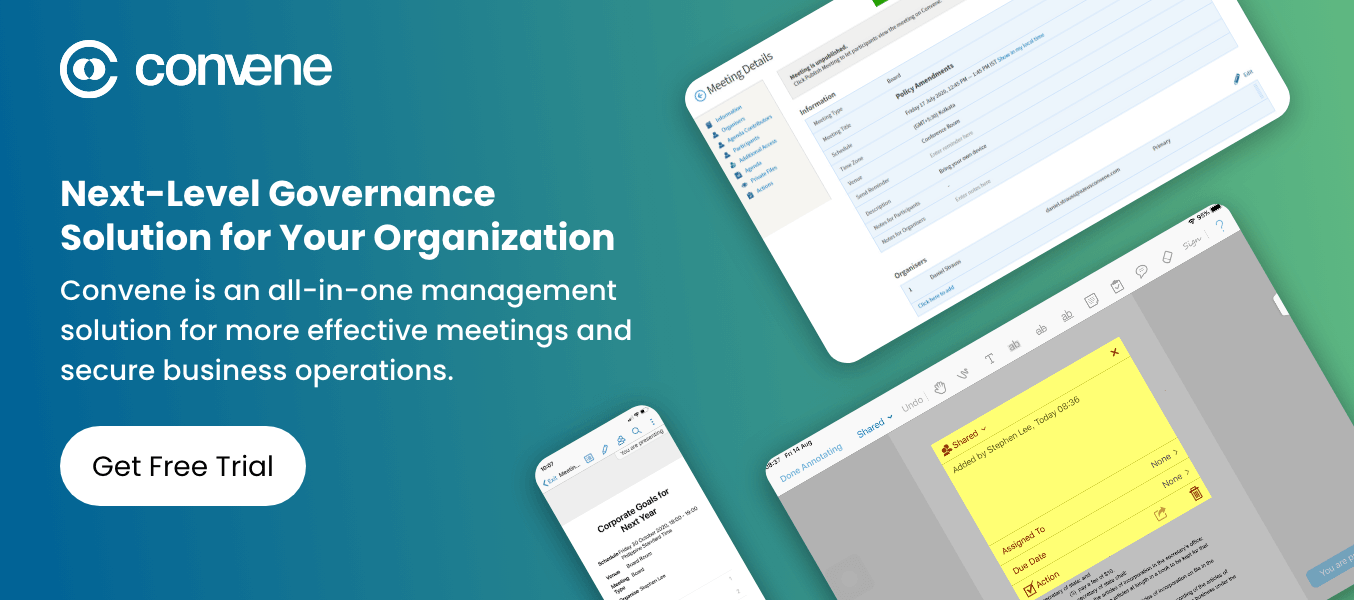Digital transformation is one of the biggest boardroom topics today. After all, digital transformation success can deliver enormous benefits – positioning your organization for the future. However, many will agree that it is not so easily achieved. For example, in one McKinsey study, only 16% of respondents said they believed their transformation efforts improved performance and put their company on the road to long-term change.
Just because companies struggle with digital transformation does not mean that digital programs must be avoided, or worse, aborted. In contrast, countless commercial, government, and non-profit organizations have benefited tremendously from the power of technological transformation.
In this article, we present five digital transformation success stories to serve as an inspiration to any boardroom that is on the fence.
Read: Digital Transformation Cheat Sheet
1. Chipotle –Digital Transformation in Fast Food
Thinking about ideal scenarios for digital transformation, a restaurant business wouldn’t necessarily come to mind. Nonetheless, when CEO Brian Niccol took over moribund Chipotle in 2018, he rapidly deployed a digital change program. It paid off – Chipotle’s stock price rose by 152% in just 17 months.
How did Chipotle achieve rapid digital success? First, Chipotle started to use pickup shelves for online orders so that customers could skip the line and get their orders more quickly. The company also partnered with a delivery service to access a wider range of customers – while linking up its drive-through service with its digital app. It’s a simple yet terrific example of how digital can improve the user experience and lead to higher turnover.
2. IKEA – Powering Retail Transformation with Digital
Think digital transformation in the restaurant business is far-fetched? How about furniture? While IKEA always offered mail-order, its mainstay business remains large warehouses where customers come in to browse, purchase, and take home furniture for self-assembly. But we all know how brick-and-mortar businesses are under increasing pressure.
IKEA recognized that which is why the Swedish furniture company embraced digital. First, IKEA purchased TaskRabbit. Doing this made it easier for customers who don’t like assembling IKEA furniture. Next, the company dipped into the smart home sector by developing its own products – after all, IKEA is all about the home. It shows how keeping an open mind about digital can help even the most established companies enter brand-new markets.
3. Trelleborg – Deploying Robots, Increasing Jobs
Digital transformation is disruptive – but transformation adds up to more than the sum of its parts in the long run. It can be difficult to reassure staff that robotics and automation are not intended to cut headcount. One way to do so is to use an example – such as Trelleborg, a manufacturer of precision seals for the industry.
The company did not set out to cut staffing when it deployed robots to improve product quality. Yes, the number of human operators required to operate machines was reduced, but the machine density increased. As a result, within two years, the company’s increased agility boosted businesses so much that they hired another 50 employees to keep up with new business.
4. Microsoft – Shifting to Cloud Computing
To emphasize how digital transformation is about business, rather than a lack of technology per se, let’s look at how Satya Nadellla transformed the fortunes of Microsoft during the last decade. Yes, we have long known Microsoft as one of the world’s leading tech firms. Nonetheless, the company embarked on a transformation process to stay ahead of the game.
When Nadella took over at Microsoft in 2014, he accelerated a shift to cloud computing, moving the company away from its desktop-driven revenue base. Today, Microsoft is one of the key players in cloud computing – with its Office 365 offering contributing massively to the bottom line. What’s more, its cutting-edge Azure cloud platform well positions the company for the future.
5. Coca-Cola – A Lesson in Vendor Selection
In choosing a digital transformation team, there is an emphasis on getting technical details right. While Coca-Cola Bottlers’ Sales & Services (CCBSS) was an early adopter of automated document scanning and processing, it found that the system in place was unreliable – tripping up the company’s digitization efforts.
The company recently picked a digital leader to help put its document processing efforts back on track. Using Ripcord’s robotics and ML software, CCBSS can now flawlessly process documents. The new technology removes staples, accurately reads scans using ML, and automatically sends finished documents to customers – with near-zero error rates. It proves how choosing the right vendor is critical to tapping benefits from digital transformation.
Boardrooms and Digital Transformation
Boards assume a position of leadership – looking past the nitty-gritty to take the long view. Digital transformation’s day-to-day hiccups can cause concern, but companies that look beyond the challenging aspects of transformation will leap past the competition.
That said, success can take time – and keeping an organization on board, in the long run, is challenging. That’s why boards must keep digital transformation success stories in mind. Boards should look towards quick wins. In other words, opportunities where digital transformation can deliver quick results. One place to start – the boardroom itself.
Looking to start building your digital workplace? You may also want to read our Guide to the Digital Workplace. Alternatively, Convene can help you get started on your digital transformation journey. Contact us to know more about our digital collaboration and meeting solutions.
Darren is the Content Director at Convene. Driven by his passion for content writing and knowledge of digitalization, he takes pride in providing content that helps drive digital transformation. Over the years, he has written blogs related to digital meetings, board management, and modern governance.











